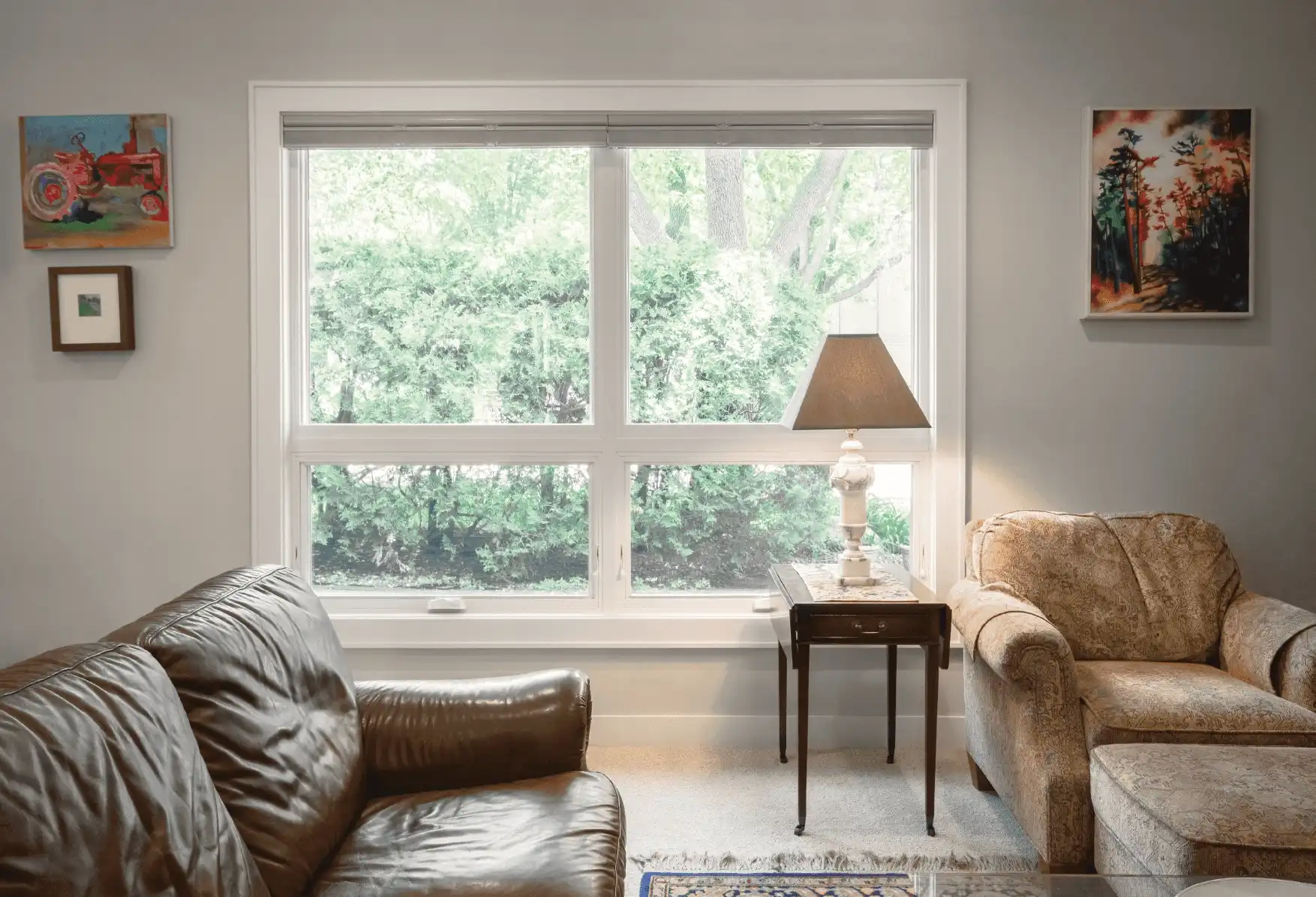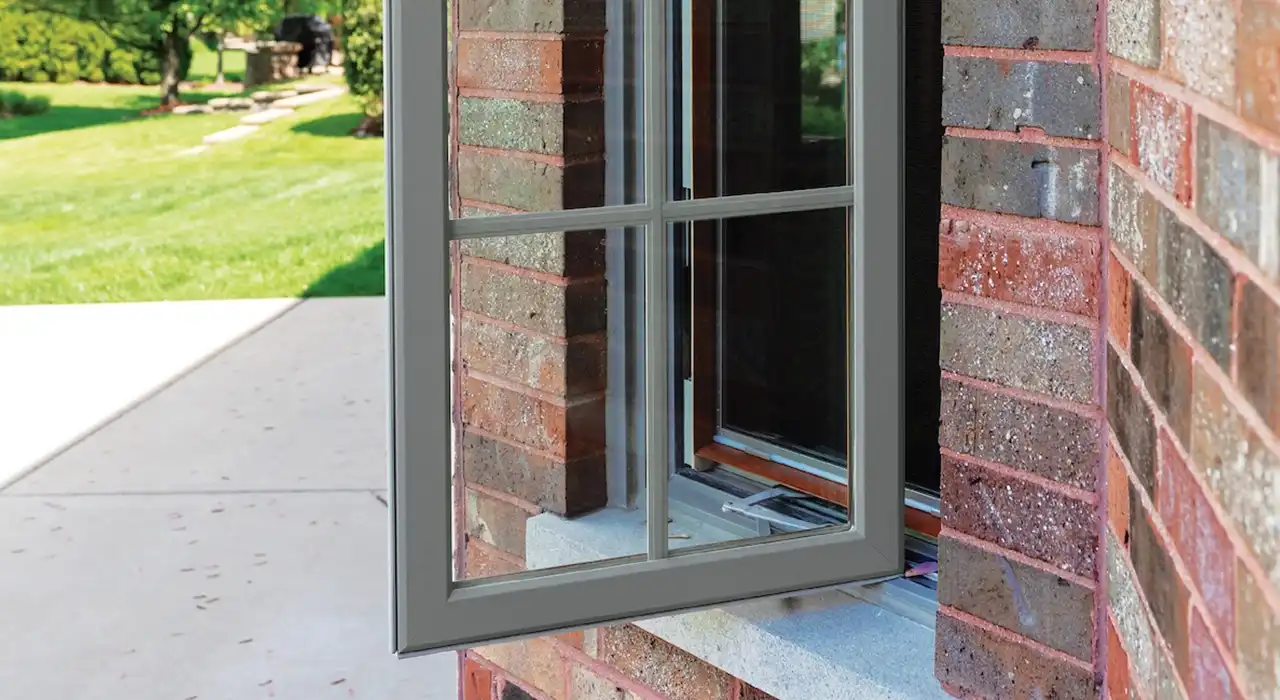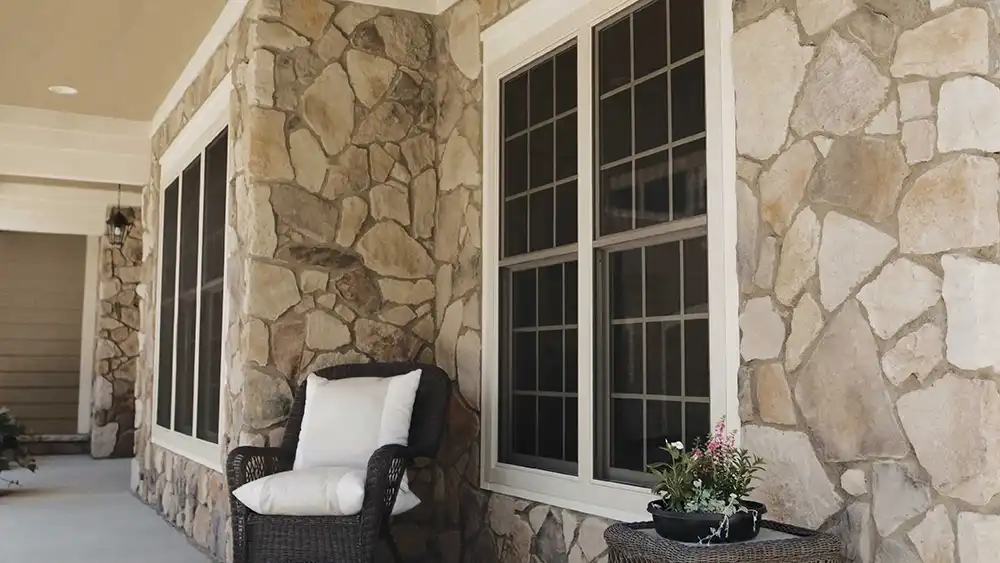
03 October 2022
National Window Covering Safety Month Tips
The Window Covering Safety Council (WCSC) designated October as National Window Covering Safety Month to raise awareness on the dangers of window covering cords for young children. As you consider replacing your windows, now’s the perfect time to evaluate your home’s window coverings for safety.
The U.S. Consumer Product Safety Commission (CPSC) identified corded window coverings as one of the top five hidden hazards in homes because they can cause strangulation if young children become entangled in the cords.
Window Covering Injuries
A 2017 study on window blind injuries found that more than 16,000 children were treated in emergency rooms for injuries caused by window blinds from 1990 to 2015. Most of those injuries involved getting hit by blinds, but 12% of those instances involved children getting entangled in the cords. Two-thirds of those children who became entangled died, resulting in nearly one child a month for the period.
A new safety standard in 2018 required the majority of window coverings sold in the U.S. to be cordless or have inaccessible or short cords. It marked the most significant change to window covering safety standards in more than 20 years.
Window Covering Safety Guidelines
The WCSC urges parents and caregivers to use cordless window coverings instead of corded blinds to reduce the risk of strangulation.
The WCSC encourages parents and caregivers to follow the window covering safety guidelines below:
Install only cordless window coverings or those with inaccessible cords for homes with young children. Look for the Best for Kids™ certification label to find window covering products suited for homes with young children. Products certified “Best for Kids” either have “no cords, no operating cords and inner cords that are not accessible, or if accessible inner cords are present in products with no operating cords, the accessible inner cords cannot create a hazardous loop,” according to the Window Covering Safety Council.
Move cribs, beds, furniture, and toys away from windows and window covering cords.
Ensure all window covering cords remain out of sight and reach. Shorten cords or tie them up and away so young children can’t reach them.
The WCSC and CPSC created National Window Covering Safety Month in 2003 and the CPSC has worked with the industry since the 1980s to develop safety measures to prevent injuries and death from window blind cords.
Since many corded blinds still exist in homes across the country, the WCSC and CPSC continue to raise awareness through Window Covering Safety Month and other initiatives.
Parents and caretakers should also take note of National Window Safety Week, which takes place in the first full week of April annually, and serves as a good reminder to safeguard a home against potential falls through windows and to prepare for emergency escapes in the event of a fire.
Back to All Articles
You May Also Like

What to Know About Window Safety Week
National Window Safety Week begins in the first week of April because it represents a time of year where people begin opening their windows once again.
Window Safety Week
What is an Egress Window?
Egress windows are required windows to provide a secondary emergency exit and can come as different types of windows but must have a large enough opening to pass through.
What is an Egress Window?
Fiberglass vs. Vinyl Windows
What are the differences between fiberglass and vinyl windows? Find out why Ultrex fiberglass is a cut above other materials.
Fiberglass vs. Vinyl Windows